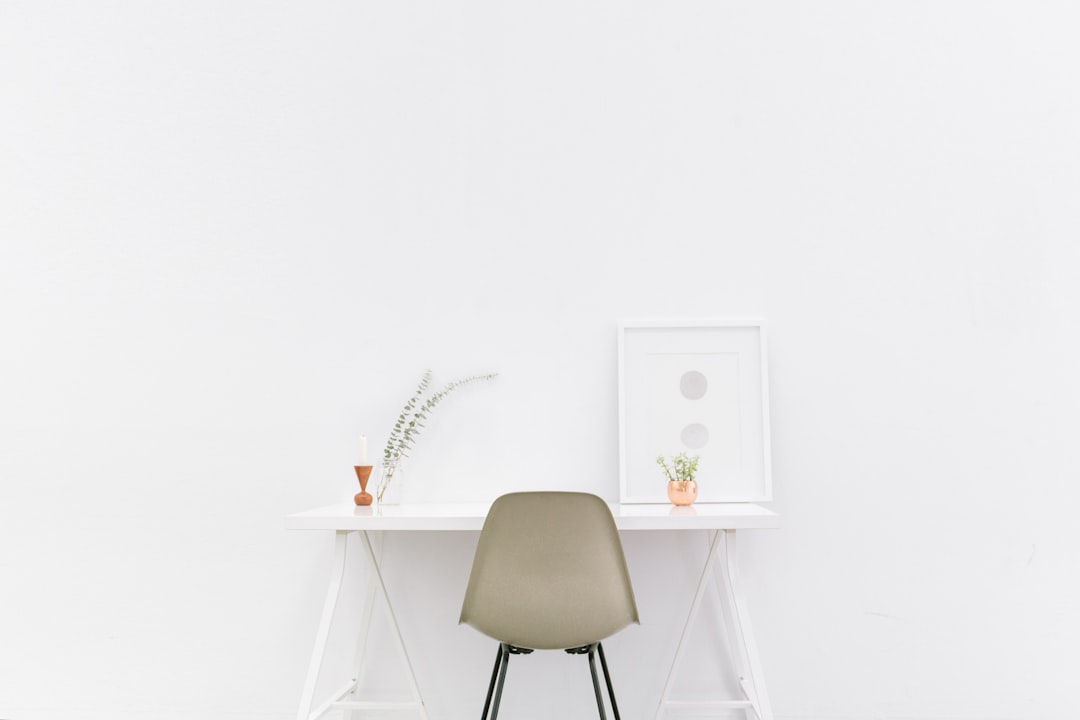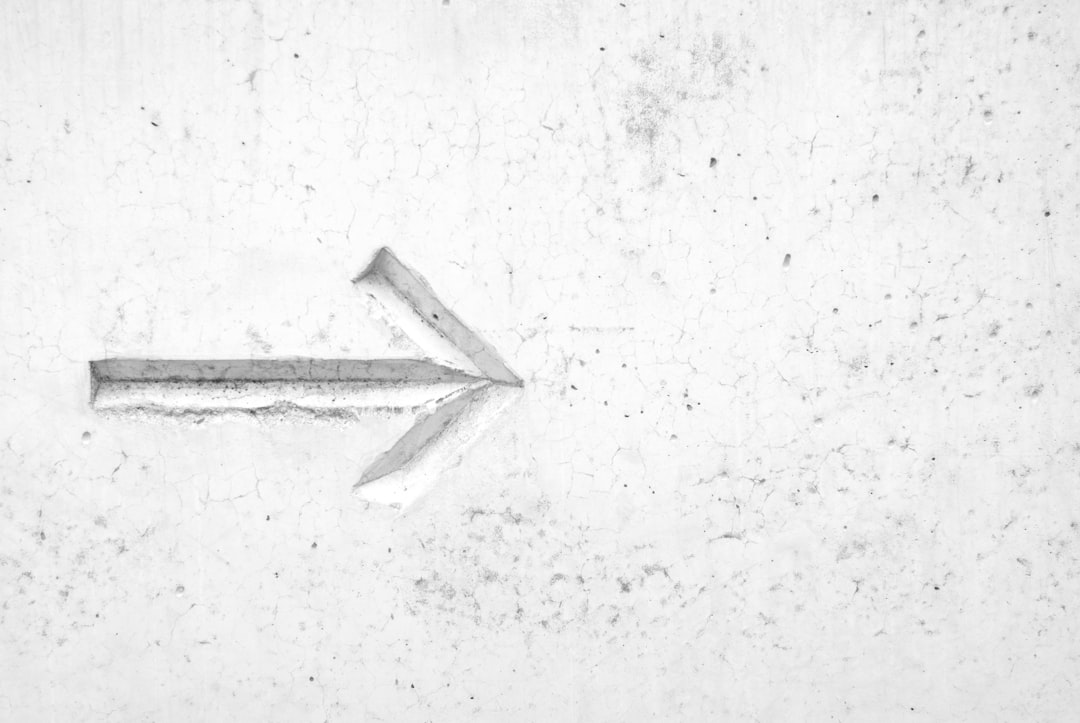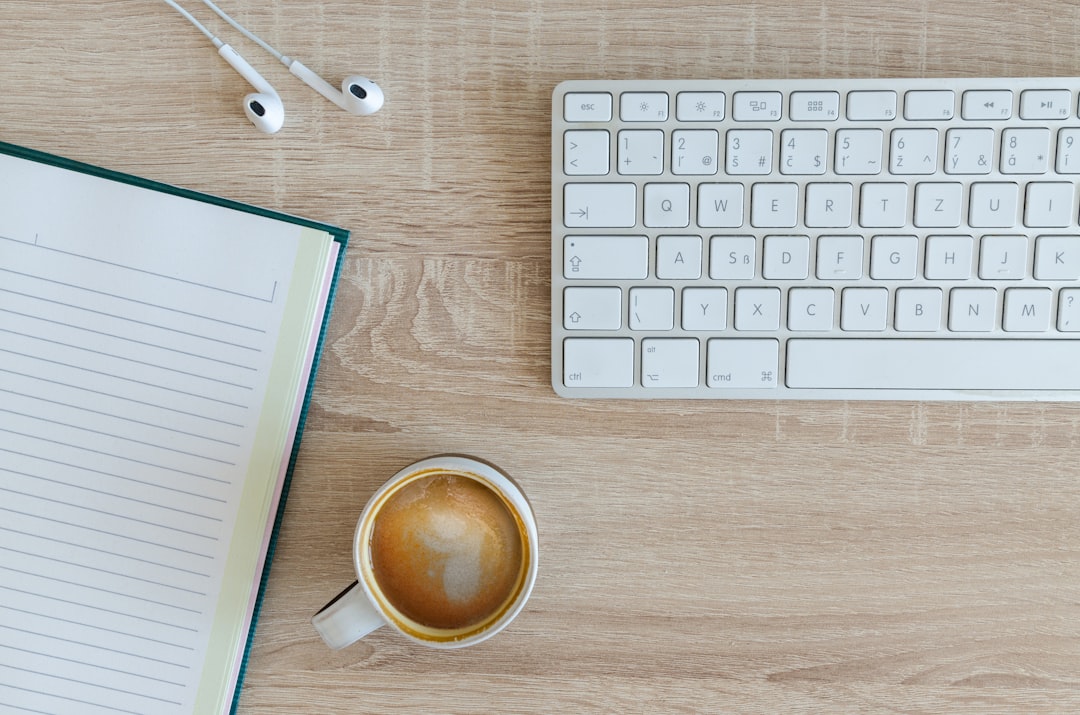In today’s fast-paced society, finding balance between work and personal life can be a challenge. With the rise of technology, it has become increasingly difficult to unplug and take time to focus on self-care.
However, maintaining a healthy work-life balance is crucial for overall well-being. When we neglect our personal lives, we risk burnout, decreased productivity, and unfulfillment. Therefore, it is important to make an effort to achieve balance in our daily routines.
In this blog post, we will explore various strategies for finding balance and achieving a more mindful work-life routine. We will discuss the negative effects of an unbalanced work-life routine and dive into practical tips for promoting mindfulness in our daily lives.
The Power Hour
One of the most effective ways to achieve a balanced and mindful work-life routine is to start your day off on the right foot. By using the first hour of your day to set a positive tone, you can boost your productivity, increase your focus, and improve your overall well-being.
The Power Hour is a popular concept that involves dedicating the first hour of your day to a series of activities that promote mindfulness and productivity. By implementing this routine, you can create a sense of purpose and intention for the rest of your day. Here are some tips for creating a morning routine that promotes mindfulness:
- Start with gratitude: Take a few moments to reflect on what you are grateful for. This can help to create a positive mindset and set the tone for the day ahead.
- Hydrate: Drink a glass of water to hydrate your body and kickstart your metabolism.
- Move your body: Whether it’s a quick yoga flow, a brisk walk, or a high-intensity workout, getting your body moving in the morning can help to boost your energy and focus.
- Practice mindfulness: Set aside a few minutes to meditate, journal, or simply sit in silence. This can help you to clear your mind and focus on your priorities for the day ahead.
- Create a to-do list: Write down the tasks and goals you want to accomplish for the day. This can help you to stay focused and organized.
By incorporating these activities into your morning routine, you can create a powerful sense of purpose and intention for the rest of your day. You’ll be more focused, energized, and productive throughout the day, and you’ll have a greater sense of balance and well-being in your work-life routine.
This can help to create a positive mindset and set the tone for the day ahead.
Mindful Multitasking:
It’s easy to get overwhelmed with work and other responsibilities. However, it’s important to find a way to multitask efficiently without losing focus. Mindful multitasking is a technique that has been gaining in popularity as it enables people to manage multiple tasks simultaneously while remaining calm, stress-free, and focused. Below are some benefits of mindful multitasking and strategies for staying focused and organized:
The Benefits of Focused Multitasking:
When you multitask, you can complete more tasks in less time. If you focus on the tasks at hand, you can also ensure that you deliver quality work. Mindful multitasking allows the brain to switch between tasks quickly and smoothly, leading to better overall productivity. It helps reduce stress and anxiety, enabling you to manage time, energy, and resources better. By effectively juggling multiple responsibilities, you can feel more accomplished and confident.
Strategies for Staying Focused and Organized:
The key to successful mindful multitasking is planning, prioritizing, and staying organized. Below are some strategies to help you stay focused and organized:
- Plan Ahead: Create a to-do list or schedule and prioritize your tasks based on importance and deadlines. Use a planner or a digital calendar to keep track of all your appointments and responsibilities, so you don’t stress about missing anything.
- Group Similar Tasks: Grouping similar tasks can help you stay in the same mindset and avoid the need to switch mental gears completely. For example, try scheduling all your phone calls and meetings in one block of time.
- Eliminate Distractions: Minimize distractions by setting up a quiet workspace or listening to instrumental music that helps you concentrate. Turn off notifications or put your phone in silent mode when working on important tasks.
- Take Breaks: Give yourself a mental break between tasks. It’s helpful to stand up and stretch or take a quick walk to refresh your mind and body.
- Practice Mindfulness: Being mindful of your surroundings and the tasks you’re working on can help you stay focused and avoid feeling overwhelmed. Start your day with a meditation or mindful breathing exercise, and try to stay present in the moment.
- Reevaluate Your Strategy: If you’re feeling overwhelmed or find that your current multitasking strategy isn’t working, take a step back and reassess. It’s okay to modify your plan if it’s not serving you well.
By using mindful multitasking, you can make better use of your time, prioritize your tasks, and achieve a sense of balance in your work-life routine. Remember to stay focused, organized, and mindful, and don’t forget to take breaks and prioritize self-care.
Use a planner or a digital calendar to keep track of all your appointments and responsibilities, so you don’t stress about missing anything.
Disconnecting
Amidst our hectic work schedules and personal commitments, it’s crucial to take a break and disengage from work to recharge. However, it has become increasingly challenging to find that time and space to disconnect, especially in this digital age where work is always at our fingertips. Recognizing the importance of disengaging from work is the first step towards achieving a more balanced work-life routine.
To disconnect, it’s crucial to establish boundaries and make a conscious effort to separate work life from personal life. This includes setting clear expectations with colleagues about when you are available and when you are not. It also means avoiding checking emails or responding to work-related calls during non-work hours.
Creating a digital detox plan is an excellent way to ensure that you disconnect and create a healthy work-life balance. This plan can include setting specific times during the day to check emails, creating an out of office message for after-work hours, and switching off notifications on your phone or laptop when you’re not working.
It’s essential to identify the things that help you unwind and disconnect from work. This can be as simple as watching a movie, spending time with friends and family, or reading a book. Whatever helps you to relax and recharge, make sure to include it daily in your routine, and make it a priority.
Disconnecting is not only good for your mental health, but it’s also beneficial for your productivity. When we take the time to disconnect, we come back refreshed and more motivated, which can help us be more effective while working.
Remember, finding balance in our work-life routine is essential for our overall well-being. So, take that break, disconnect, and prioritize self-care.
.
Creative Outlets
It can be easy to get caught up in the hustle and bustle of work and life responsibilities, leaving little time for activities outside of daily routine. However, incorporating creative outlets into your schedule can have numerous benefits for your overall well-being.
Engaging in creative activities promotes relaxation, reduces stress levels, and provides a sense of accomplishment. Whether it’s painting, writing, or playing an instrument, taking the time to engage in these activities can help you recharge and find balance in your life.
Moreover, creative outlets give you the opportunity to express your emotions and thoughts. This can provide a sense of catharsis, allowing you to process difficult emotions and experiences in a healthy way.
There are many ways you can incorporate creative hobbies into your routine. Consider setting aside a specific time each week to engage in your chosen activity. You can also join a local club or community group to connect with like-minded individuals and expand your skill set.
Don’t worry if you’re not the next Picasso or Mozart. Remember, the goal is not to be perfect, but to enjoy the process of creating. So, have fun, be open to trying new things, and allow yourself the freedom to express your creativity.
By prioritizing creative outlets, you can find balance and fulfillment in your work-life routine. So, why not try something new and see where it takes you?
Whether it’s painting, writing, or playing an instrument, taking the time to engage in these activities can help you recharge and find balance in your life.
Conclusion: Tips for Finding Balance and Achieving a More Mindful Work-Life Routine
As we’ve explored in the previous sections, finding balance in our work and personal lives is crucial for our overall well-being. It’s easy to get caught up in the hustle and bustle of our day-to-day routines, but taking the time to incorporate simple habits can have a profound impact on our mental health and productivity.
One of the most effective ways to achieve balance is by setting boundaries and establishing a routine that works for you. This means setting aside time for work, but also prioritizing self-care and other fulfilling activities. It’s important to avoid overworking ourselves at the expense of our mental and physical health. By taking breaks and engaging in creative pursuits, we can reduce stress levels and improve our overall quality of life.
Another helpful tip for finding balance is to practice mindfulness. This means being present in each moment and focusing on the task at hand. Rather than multitasking and trying to juggle multiple responsibilities, we can achieve more by focusing on one thing at a time. This approach helps to reduce stress levels and boost productivity by allowing us to be more focused and efficient in our work.
It’s also important to remember that achieving balance isn’t a one-time event. We need to consistently prioritize self-care and mindfulness in order to maintain a balanced lifestyle. This might mean setting aside time each day for meditation or exercise, taking regular breaks throughout the workday, or regularly engaging in creative hobbies and activities that bring us joy.
In conclusion, achieving balance is key to leading a more fulfilling and productive life. By incorporating simple habits and strategies into our daily routines, we can prioritize self-care, reduce stress levels, and achieve greater overall satisfaction. Let’s make balance a priority in our daily lives and strive for greater mindfulness and well-being.
This means setting aside time for work, but also prioritizing self-care and other fulfilling activities.
Sustaining Your Mindful Work-Life Routine
As we reflect on finding balance in our work-life routine, we cannot overlook the importance of maintaining the mindful habits and practices we have put in place. It can be easy to slip back into old routines or forget to prioritize self-care. However, by committing to making our mindfulness and balance a priority, we can create lasting changes to our daily lives.
One way to sustain our mindful work-life routine is to stay committed to The Power Hour. By dedicating the first hour of each day to a routine that promotes mindfulness, we set the tone for the rest of our day. Consistency is key, so make sure to create a routine that works for you and stick to it. Use this time to focus on your goals and establish a positive mindset for the day ahead.
Another way to maintain your mindful routine is through Mindful Multitasking. As we discussed earlier, multitasking is often viewed as a negative habit. However, when done intentionally and with focus, it can be a powerful tool. Stay organized and prioritize your tasks so that you can tackle them one by one with efficiency and purpose.
When it comes to disconnecting from work, it is important to create a plan that aligns with your individual needs. Establish boundaries with yourself and your colleagues, and make time for regular digital detoxes. Remember, stepping away from work is not a sign of weakness. Rather, it is a powerful way to recharge and ensure that you are showing up as your best self.
Incorporating creative outlets into your routine is another great way to maintain balance and mindfulness. Whether it is through painting, writing, or any other form of self-expression, creativity can be a therapeutic way to recenter and refocus. Make sure to choose activities that bring you joy and allow yourself the time to pursue them regularly.
In summary, sustaining your mindful work-life routine requires intentionality and commitment. By prioritizing The Power Hour, Mindful Multitasking, Disconnecting, and Creative Outlets, you can create a lasting impact on your daily life. Remember to listen to yourself and to make choices that are aligned with your individual needs. You deserve a balanced and fulfilling life, and by prioritizing self-care and mindfulness, you can achieve just that.





